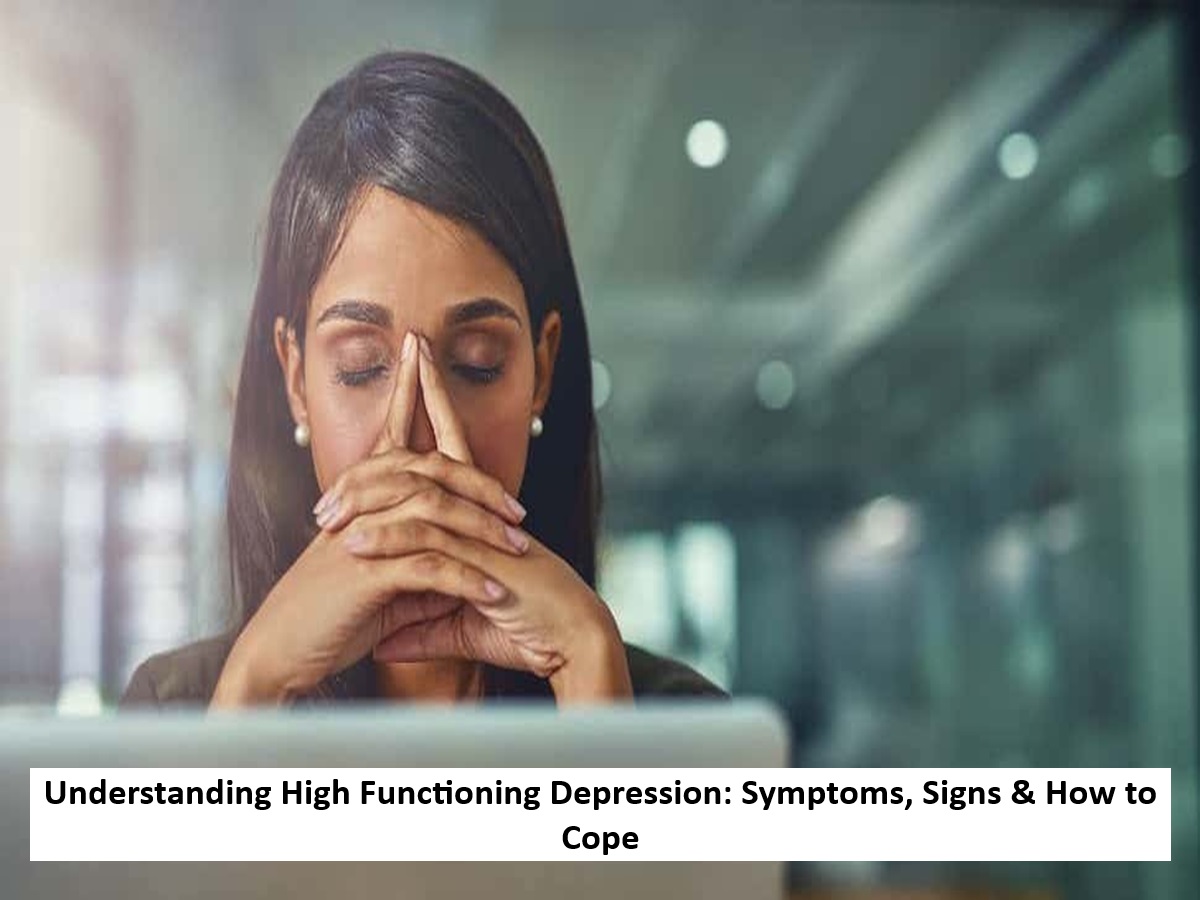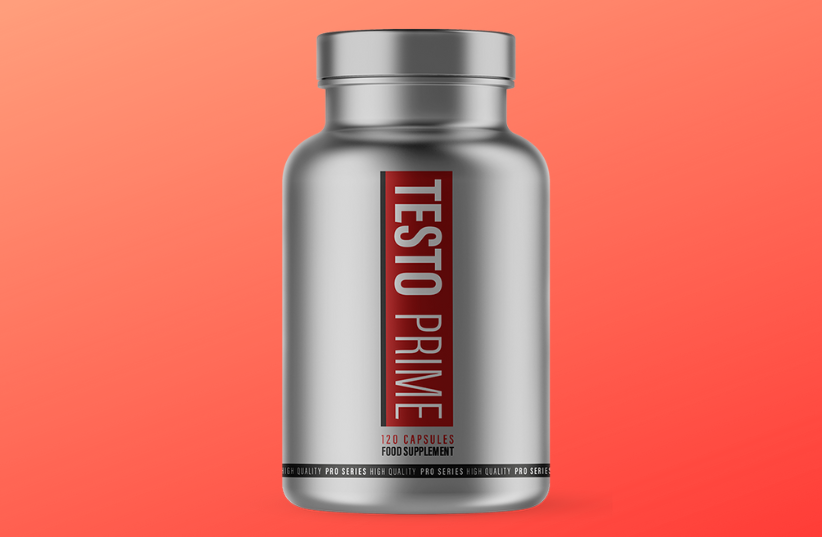Suspense crime, Digital Desk : In the contemporary world, chronic depression may not always be obvious. Some people may appear active and jovial, yet internally combat persistent feelings of sadness and fatigue. This syndrome is referred to as high-functioning depression and is clinically called Persistent Depressive Disorder (PDD) or Dysthymia.
Unlike major depression, high-functioning depression has symptoms that are milder yet chronic in nature. High-functioning depressed individuals go about their daily activities attending work, meeting friends, and remaining socially active, while internally feeling empty and emotionally exhausted. Key Symptoms of High Functioning Depression Pay attention to these less-appreciated warning signs: Persistent sadness or feelings of emptiness despite one exuding cheerfulness.

A lack of interest in hobbies or motivational slump at home or work. Altered sleep patterns – sleeping too much or not at all. Chronic low energy levels or fatigue even when no physical exertion has taken place.
Wearing a smile even when feeling emotional pain to avoid drawing concern from others. If neglected for long periods of time, these symptoms can be detrimental to emotional wellness. How to Manage and Prevent It Taking timely measures, functions can be managed.
If you relate to the above-mentioned symptoms, here are some positive ways to manage high-functioning depression: Talk Therapy (CBT): Cognitive Behavioral Therapy assists individuals in managing harmful thought processes, allowing for self-exploration of the self. Seek Professional Help: In some cases, medication may be necessary in conjunction with therapy. Personal Care Activities: Practice yoga or meditation to ease mental tension.
Go for a walk or enjoy some time outdoors. Keep a balanced schedule that allows for adequate rest, nutrition, exercise, social interaction, and emotional support. Acknowledging the issue is critical to moving forward to healing.
You need not go through it alone—help from a professional can change everything. Read More: Summer Joint Care Tips for People with Arthritis or Joint Pain.
















